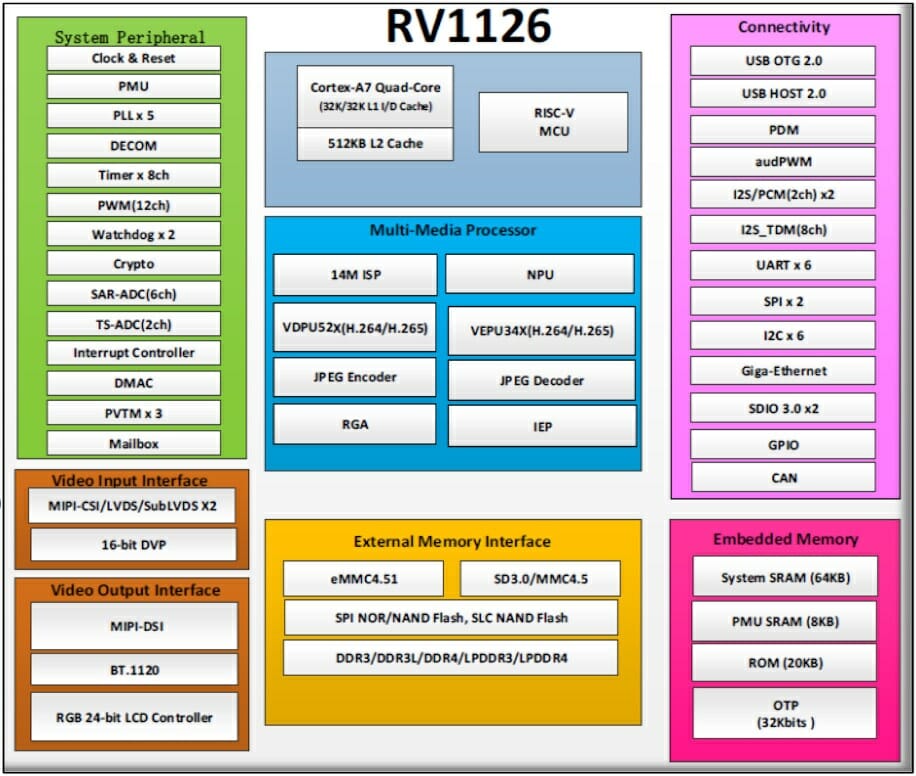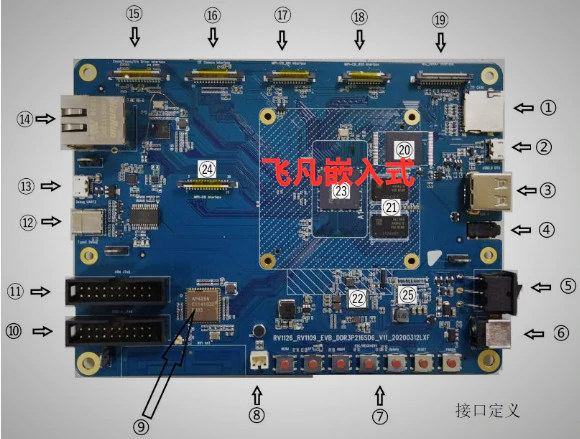The Rockchip Developer Conference that took place at the end of November 2020 allowed us to learn more about RK3588, RK3566, and RK3568 64-bit Arm processors for AIoT applications.
But the company also presented additional details about camera SoC’s, namely the dual-core RV1109 and quad-core RV1126, equipped with a 1.2 TOPS and 2.0 TOPS respectively, and both capable of delivering a 250ms fast boot.
Rockchip RV1109 and RV1126 share many of the same specifications:
- CPU
- RV1109 – Dual-core Arm Cortex-A7 @ 1.5 GHz + RISC-V MCU @ 400 MHz
- RV1126 – Quad-core Arm Cortex-A7 @ 1.5 GHz + RISC-V MCU @ 400 MHz
- GPU – 2D graphics engine
- NPU
- RV1109 – 1.2 TOPS with support for INT8/ INT16
- RV1126 – 2.0 TOPS with support for INT8/ INT16
- Memory – 32-bit DDR3/DDR3L/LPDDR2/LPDDR3/DDR4/LPDDR4 up to 4GB RAM
- Storage – eMMC 4.51, Serial SPI NOR Flash or NAND flash with fast booting support, SD card via SDIO interface
- Display – MIPI-DSI/RGB interface up to 1080p @ 60 FPS
- Audio – 8-ch I2S with TDM/PCM, 2-ch I2S
- Multi-Media
- RV1109 – 5M ISP 2.0 with 3F HDR (Line-based/Frame-based/DCG)
- RV1126 – 14M ISP 2.0 with 3F HDR (Line-based/Frame-based/DCG)
- 2x MIPI CSI, LVDS, sub-LVDS
- DVP interface with BT.656/BT.1120
- 5M (RV1109) or 4K (RV1126) H.264/H.265 video encoder up to 3840 x 2160 @ 30 fps + 720p @ 30 fps encoding
- 5M (RV1109) or 4K (RV1126) H.264/H.265 30fps video decoder up to 3840 x 2160 @ 30 fps encoding + 3840 x 2160 @ 30 fps decoding support
- Networking – RGMII interface with TSO network acceleration
- USB – USB 2.0 OTG and USB 2.0 host
- Other Peripherals
- Dual SDIO 3.0 interface for Wi-Fi and SD card
- I2C, UART, SPI. PWM, ADC interfaces
- Process/Package – SMIC 14nm process, FCCSP 0.65; 409-pin; 14 x 14mm
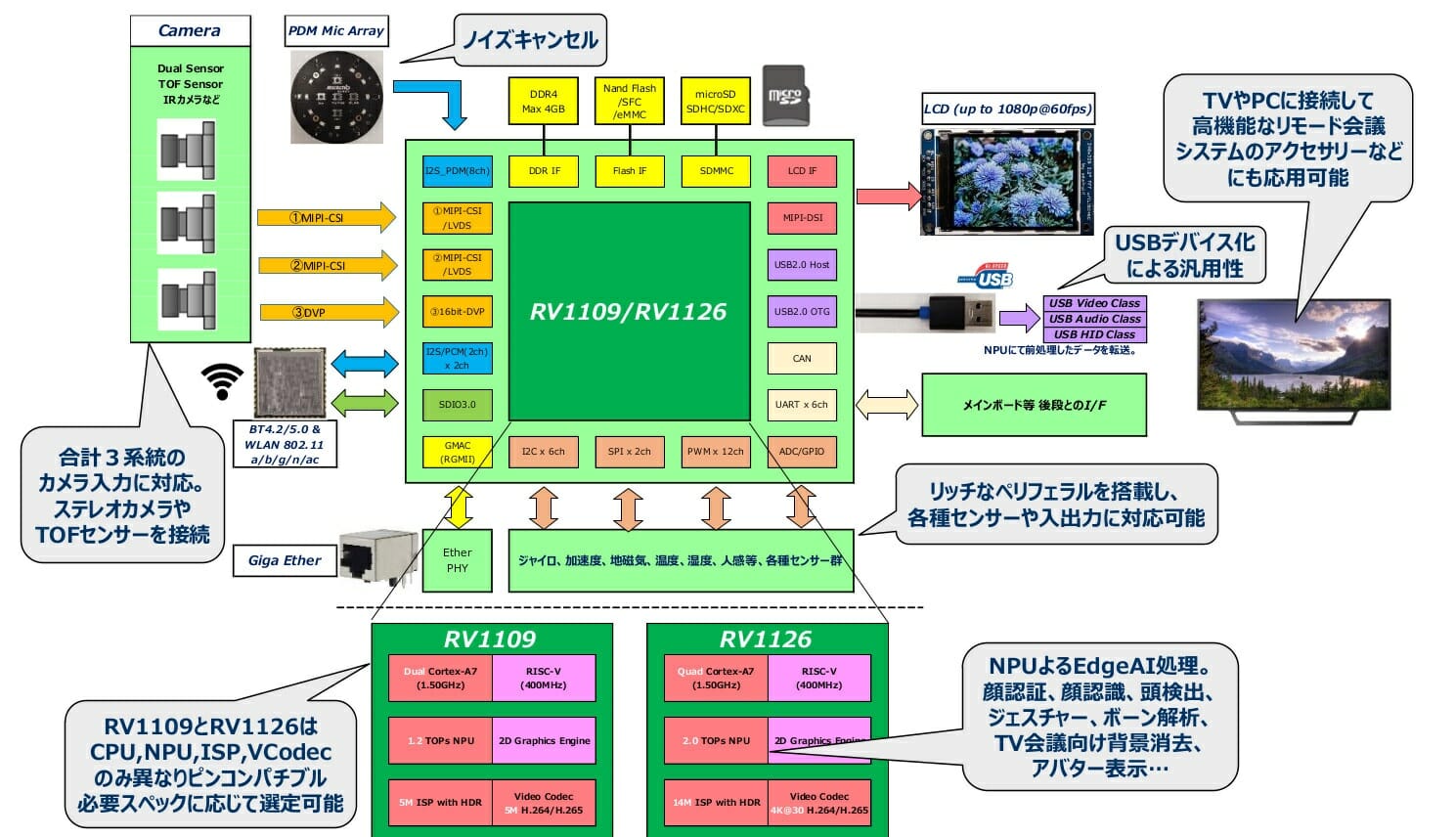
I got the information from a PDF file hosted on Sanshin Electronics website, as the Rockchip website only has limited information. You’ll find download links and passwords for the Linux SDK documentation, and application notes to work with the camera drivers and NPU on CSDN. Rockchip RK1109 and RK1126 do not seem to be mentioned on Rockchip open-source website, nor the related Github account, except for the RKNN toolkit used for the NPU.
Rockchip RV1126 EVB V13 can help with evaluation and early development, but I could only find limited information including a boot log showing it running Linux 4.9.111. The evaluation board can apparently be purchased on Aliexpress or Rutronik24 for around $700.
If you’d like to play around with RV1126 hardware without spending several hundred Euros, I also noticed the Longse RL800 IP camera whose night-time video sample is shown above. The camera combines a Rockchip RV1126 processor with an 8MP Sony IMX415 1/2.8″ sensor and comes with an SD card slot, a built-in microphone, Ethernet, and PoE power. The description also mentions it supports “Smart Analytics” with human body intrusion, line crossing, group detection, and more. I could not find the model for sale, but you may check out Longse website, and inquire about the RL800-series cameras, or other RV1126 products they may have.
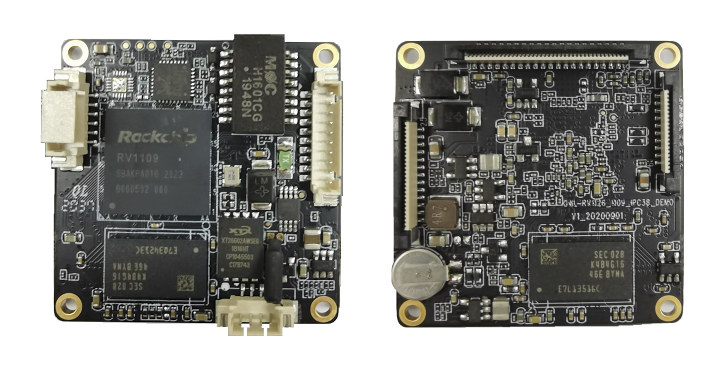
One more option I have found is the Think Core TC-RV1126/1109 embedded module sold on DIYtrade for $135 per unit for a minimum order of 10,000 units. There are additional details about the module/devkit on the actual product page, just make sure you are patient as the page may take a long time to load (we are talking minutes here).
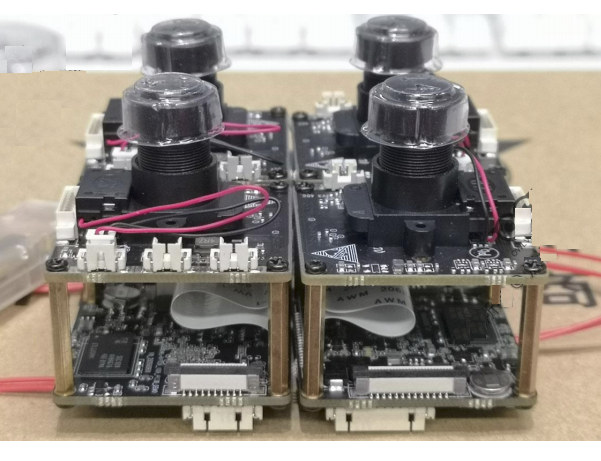
Some of the features are very similar to Reolink RLC-810A IP camera which I reviewed a few months ago, so maybe a teardown is in order….

Jean-Luc started CNX Software in 2010 as a part-time endeavor, before quitting his job as a software engineering manager, and starting to write daily news, and reviews full time later in 2011.
Support CNX Software! Donate via cryptocurrencies, become a Patron on Patreon, or purchase goods on Amazon or Aliexpress


